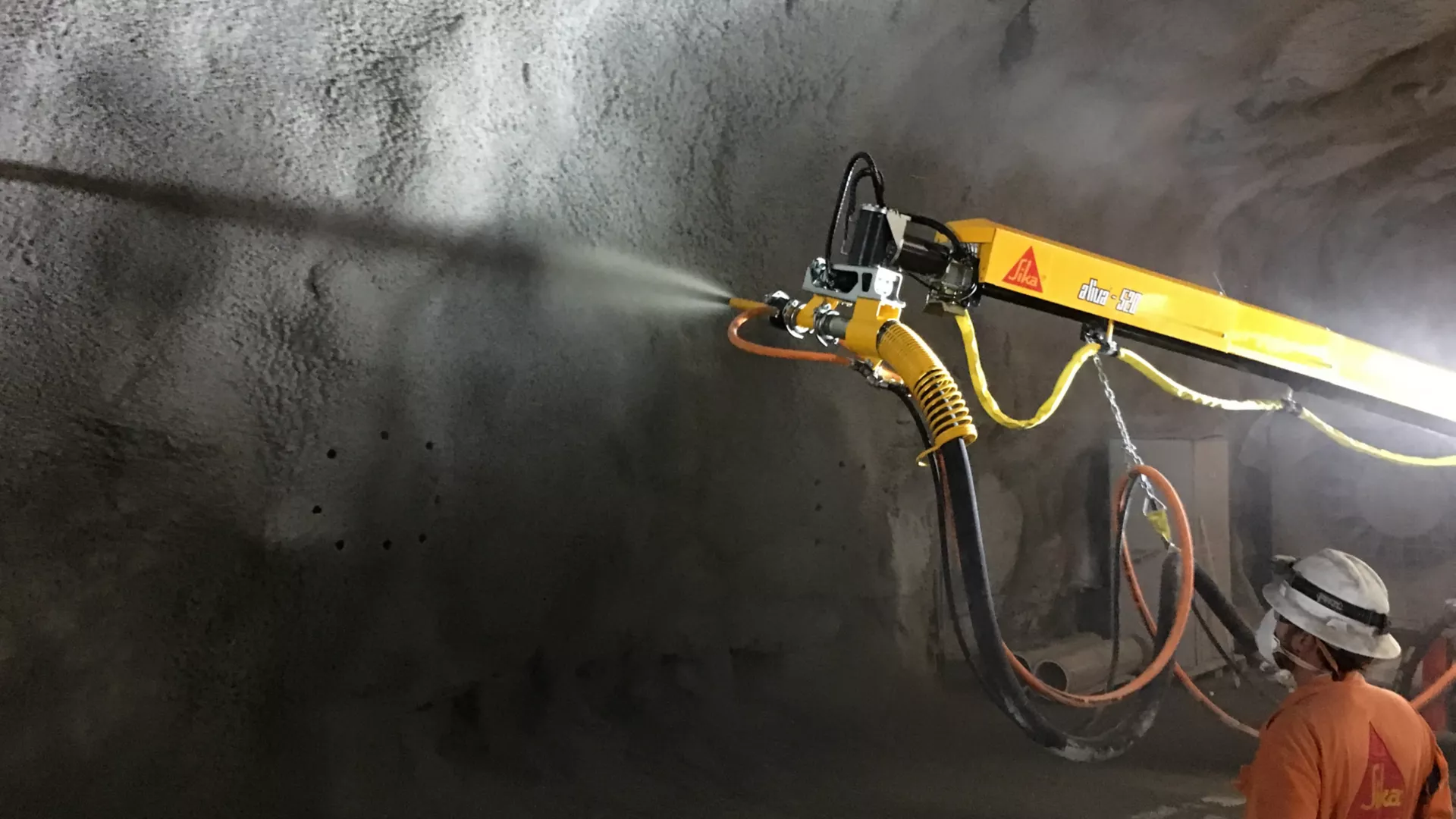Underground environments such as tunnels and mines require advanced safety measures to protect workers and ensure operational efficiency. Tunnel Guard and Mine Guard are specialized products designed to meet these challenges. While both provide structural support and protection, they cater to different applications. In this blog, we’ll explore what Tunnel Guard and Mine Guard are, how they work, and why they are indispensable for underground operations.
What is a Tunnel Guard?
Tunnel Guard is a protective coating or material used in tunnel construction and maintenance to enhance stability, prevent water ingress, and provide fire resistance. It acts as a barrier, safeguarding the tunnel’s structural integrity.
Key Features of Tunnel Guard
- Waterproofing: Prevents seepage of water, a common issue in tunnels.
- Fire Resistance: Many formulations are designed to withstand high temperatures, ensuring safety during emergencies.
- Corrosion Protection: Protects against chemical or environmental degradation.
- Easy Application: Typically applied as a spray, making it quick and efficient to install.
Applications of Tunnel Guard
- Transportation Tunnels: Railways, subways, and highways.
- Utility Tunnels: Housing pipelines, cables, and other infrastructure.
- Mining Tunnels: Used as a supplementary layer for safety and durability.
Benefits of Tunnel Guard
- Extends the lifespan of the tunnel structure.
- Reduces maintenance costs by preventing damage from water or chemicals.
- Improves safety for workers and users.
What is Mine Guard?
Mine Guard is a specialized solution for reinforcing and protecting underground mining operations. Designed to provide additional support and safety, it is often applied in areas prone to rock falls, gas leaks, or structural weakness.
Key Features of Mine Guard
- High Strength: Capable of withstanding extreme loads and stresses.
- Gas Sealant Properties: Prevents the escape of hazardous gases like methane.
- Durability: Resistant to wear and tear in harsh underground conditions.
- Flexibility in Use: Can be applied on walls, roofs, and other vulnerable areas.
Applications of Mine Guard
- Mining Operations: Enhances worker safety and equipment protection.
- Ventilation Tunnels: Improves air quality by sealing leaks and cracks.
- Rock Stabilization: Prevents collapses in weak or unstable rock formations.
Benefits of Mine Guard
- Ensures compliance with safety regulations.
- Reduces downtime caused by accidents or structural failures.
- Increases worker confidence and operational efficiency.
Tunnel Guard vs. Mine Guard: Key Differences
| Feature | Tunnel Guard | Mine Guard |
| Primary Use | Structural protection for tunnels | Safety and reinforcement in mines |
| Environment | Transportation and utility tunnels | Underground mining areas |
| Key Benefits | Waterproofing, fire resistance, corrosion protection | Gas sealing, rock stabilization, load support |
| Application Method | Spray or coating application | Spray or reinforced layering |
Why Are These Solutions Important?
- Enhanced Safety: Both products play a critical role in preventing accidents and protecting lives.
- Operational Efficiency: By stabilizing underground environments, they ensure smooth operations.
- Cost Savings: Minimize repair and maintenance costs over the long term.
- Regulatory Compliance: Meet stringent safety and environmental standards.
Conclusion
Tunnel Guard and Mine Guard are indispensable for underground safety and functionality. While Tunnel Guard excels in protecting tunnels from water, fire, and corrosion, Mine Guard focuses on reinforcing mining operations and preventing hazards like rock falls and gas leaks.
Choosing the right solution depends on the specific needs of your project. Whether you’re building a transportation tunnel or operating a mine, investing in these protective solutions ensures a safer and more efficient underground environment.
Stay secure, stay prepared, and make the right choice for your infrastructure needs!









